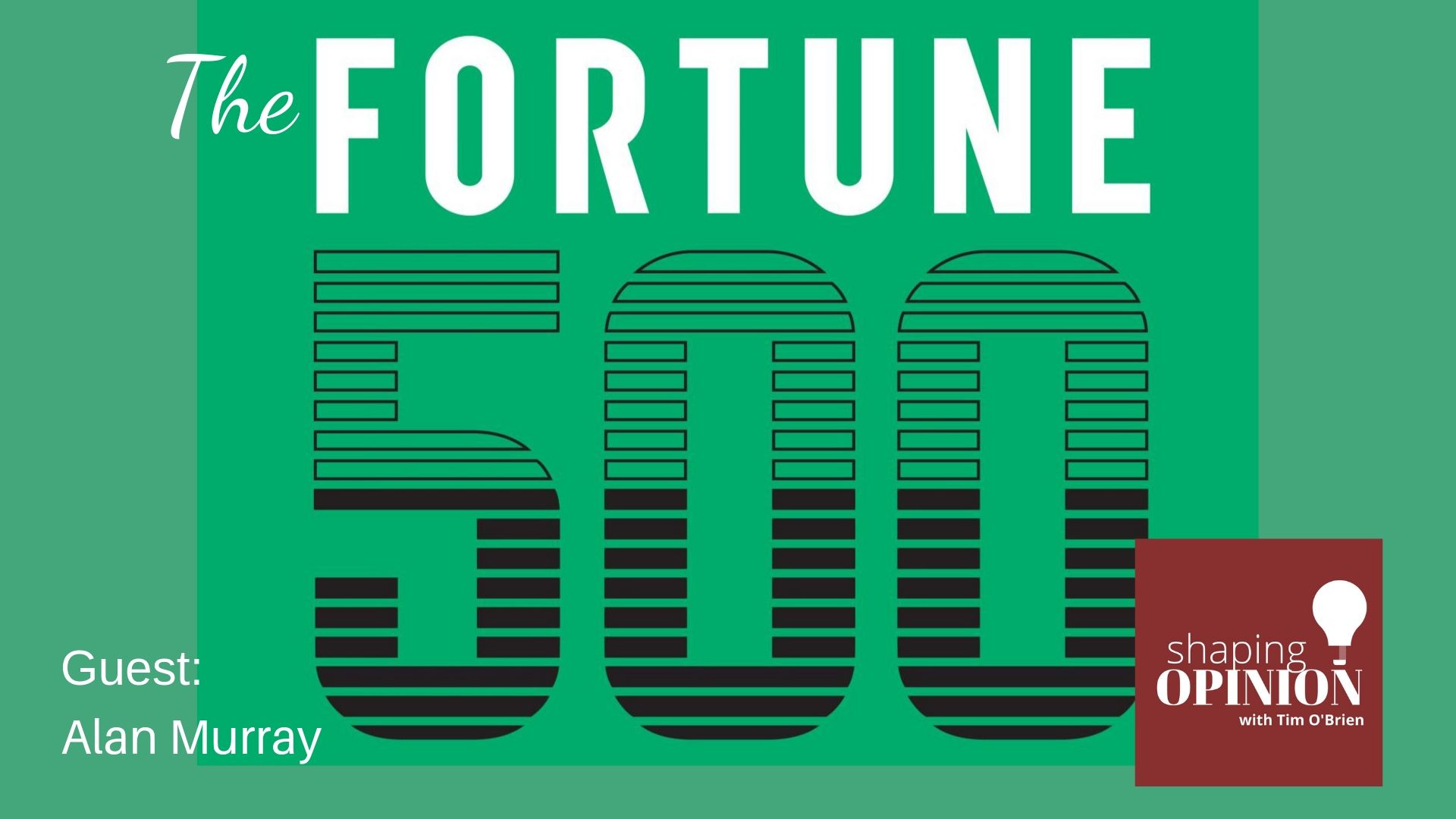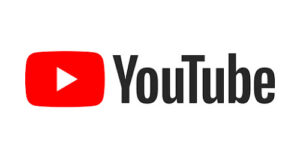Fortune Magazine CEO Alan Murray joins Tim to tell the story behind the Fortune 500, its history, its significance today, and what it has said over the years about America’s and the world’s business evolution.

Fortune Magazine was founded in 1929 by Henry Robinson Luce. If that date doesn’t mean anything to you at first glance, keep in mind the stock market crash that led to the Great Depression happened on October 24, 1929.
This was seven years after he had cofounded Time magazine with two Yale classmates. When Henry founded Fortune magazine, he said it should be for “wealthy and influential people,” and it should be “surpassingly beautiful” so that when readers turn the pages, they will pay more, and they did. In its first year, subscribers paid $10 per year for the magazine, an unheard of price at that time.
In the process, Fortune Magazine featured the work of some of the country’s greatest thinkers and writers, from Ernest Hemingway and Archibald MacLeish to John Kenneth Galbraith.
The first Fortune 500 list was published in 1955. Edgar P. Smith was an assistant managing editor at the magazine. He’s the one who came up with the idea for the now iconic list.
In that fist year, the Fortune 500 rankings listed only companies that were in the manufacturing, mining and energy sectors. This made the list exclusive to several already well-known companies. General Motors was the top company on the list. Its annual revenues then were $9.8 billion.
The Fortune 500
Yearly list of 500 of the largest U.S. Companies ranked by total revenues for the respective fiscal year. This list is compiled using the most recent figures for revenue and includes both private and public companies. Private companies must have publicly available revenue data.
It excludes private companies that do not file financial statements with government agencies, foreign corporations, U.S. companies that have been consolidated by other companies, and companies that do not report full financial statements for at least three quarters of the current fiscal year.
The History of the Fortune 500
52 of the original Fortune 500 are still on the list. These include: 3M, DowDupont, Merck, Abbott Laboratories, Eli Lily, Motorola, ExxonMobil, General Dynamics, General Electric, General Mills, General Motors, Goodyear, Hershey, IBM, Kellogg, Kraft-Heinz, Lockheed Martin, Cummins, Colgate-Palmolive, Coca-Cola, PepsiCo, Chevron, Caterpillar, Campbell Soup, Boeing, Whirlpool,, Rockwell Automation, Procter & Gamble, and PPG Industries.
Over the years, more than 1,800 American companies have been featured on the Fortune 500. Changes have occurred – mergers, acquisitions, bankruptcies, changes in society, recession have all contributed to the changing list. The Fortune 500 is more than a ranking, it is a reflection of the performance and evolution of America’s private sector.
The biggest change to the list happened in 1994. That was when it added service companies for the first time. That year, service companies made up 291 of the 500 entries.
What the Fortune 500 Says About Society
- Long Gone – 1955 – American Motors, Brown Shoe, Studebaker, Collins Radio, Detroit Steel, Zenith Electronics, National Sugar Refining.
- Still Here – Every year since 1955 – Boeing, IBM, Procter and Gamble, Whirlpool.
- In 2019 but not 1955 – Amazon, Facebook, eBay, Home Depot, Microsoft, Google, Netflix, Target.
This year’s top ten:
- Walmart
- Exxon Mobile
- Apple
- Berkshire Hathaway
- Amazon
- United Health Group
- McKesson
- CVS Health
- AT&T
- Amerisource Bergen
Links
- The Fortune 500
- Who Says Elephants Can’t Dance?, by Louis Gerstner, Amazon
- Fact Sheet: What is the Fortune 500 List? , Investopedia
About this Episode’s Guest Alan Murray
 Alan Murray is President and CEO of Fortune. During his tenure as Editor-in-Chief, Alan integrated the print and digital editorial teams, established new franchises and platforms and helped significantly increase Fortune.com’s traffic. Alan’s diverse background includes serving as President of the Pew Research Center, hosting an eponymous show on CNBC, and spending more than two decades at the Wall Street Journal, where he served stints overseeing digital operations and the Journal’s Washington bureau. He is the author of four books: The Wall Street Journal Guide to Management, Revolt in the Boardroom, The Wealth of Choices, and Showdown at Gucci Gulch, coauthored with Jeffrey Birnbaum. Alan is a member of the Gridiron Club, the New York Economics Club, and the Council on Foreign Relations, and he serves on the Governing Council of the Miller Center for Public Affairs at the University of Virginia. He received a bachelor’s degree in English literature as a Morehead Scholar at the University of North Carolina, earned a master’s degree in economics at the London School of Economics, and in 2005 completed the Stanford Executive Program.
Alan Murray is President and CEO of Fortune. During his tenure as Editor-in-Chief, Alan integrated the print and digital editorial teams, established new franchises and platforms and helped significantly increase Fortune.com’s traffic. Alan’s diverse background includes serving as President of the Pew Research Center, hosting an eponymous show on CNBC, and spending more than two decades at the Wall Street Journal, where he served stints overseeing digital operations and the Journal’s Washington bureau. He is the author of four books: The Wall Street Journal Guide to Management, Revolt in the Boardroom, The Wealth of Choices, and Showdown at Gucci Gulch, coauthored with Jeffrey Birnbaum. Alan is a member of the Gridiron Club, the New York Economics Club, and the Council on Foreign Relations, and he serves on the Governing Council of the Miller Center for Public Affairs at the University of Virginia. He received a bachelor’s degree in English literature as a Morehead Scholar at the University of North Carolina, earned a master’s degree in economics at the London School of Economics, and in 2005 completed the Stanford Executive Program.




